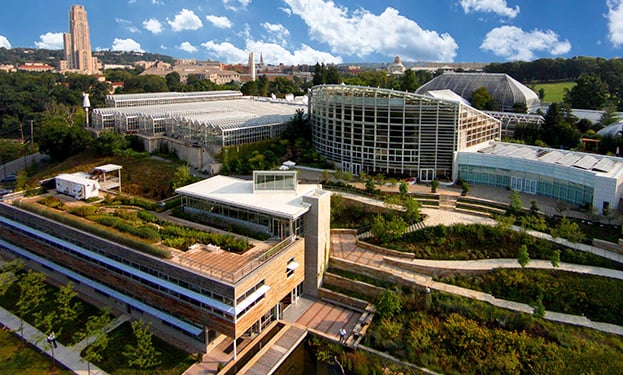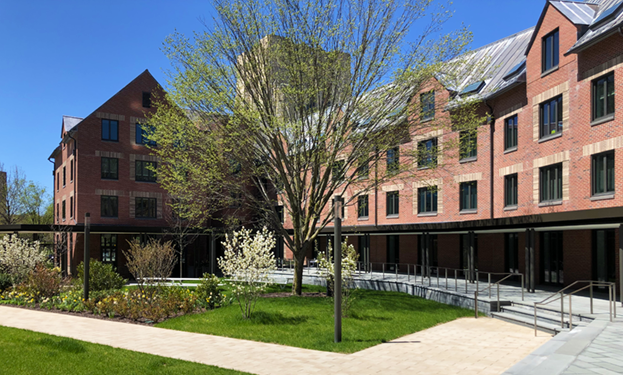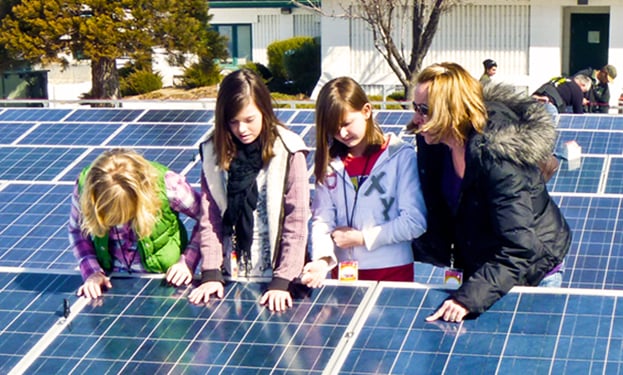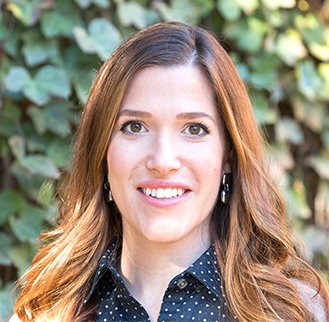Shortly after we all started physical distancing, Rena Cheskis-Gold, founder of Demographic Perspectives, and Pirie Associates’ founder Laura Pirie ran into each other while walking in their New Haven neighborhood.
Sharing a love of higher education, they immediately began imagining changes and opportunities that would emerge in the coming weeks, months, years. They hatched a plan to bring together interested minds in an interactive webinar experience. Nearly 500 people registered from 4 different continents.
The Voices We Heard From
Rena Cheskis-Gold, Co-Host and Moderator
Principal and Founder, Demographic Perspectives
Laura Pirie, Co-Host and Panelist
Principal and Founder, Pirie Associates
Michael Perez, Panelist
Associate Vice Chancellor, Vanderbilt University
Jennifer Stone, Panelist
Partner, Robert A.M. Stern Architects
Pam Schreiber, Panelist
Assistant Vice President for Student Life and Executive Director, Housing & Food Services, University of Washington
…AND Each Other!
We formatted the event to include small breakout room sessions because the best thing we all can do right now is LEARN FROM EACH OTHER. We are in unprecedented times, no one is an expert, and there is no one-size-fits-all solution for every institution. An attendee wrote, “The [breakout room] discussion was really interesting and helpful…our group was very interactive…with each of us sharing concerns and approaches. Good work!” And, as our co-host and moderator, Rena said, “The mindset is to not have a firm plan, but to have alternatives scenarios, or…the plan IS to pivot!
The Straight Tactics
Pam cut to the chase when she said, “No one can promise safety!” It’s true! We can’t create a perfect environment, but there are a lot of things we can do to help mitigate risk. Mike shared that the strategy for Vanderbilt would be dependent on 3 major elements: great social distancing, testing, and aggressive contact tracing. He also reminded us that the guidelines are changing every day! The following is an assembled list of insight from all of the panelists.
Health Checks
- Perform routine health check-ins and testing.
- Implement aggressive contact tracing when needed.
- Provide mental health and wellness services. When Jen shared this thought, there were vigorous nods all around!
Communication
- Manage expectations of students, parents, faculty, and staff with clear and consistent communication.
- Model good behavior and good attitudes.
- Use signage, diagrams, or other visual cues to help people understand how they are expected to behave.
- Consider a Return to Campus Acknowledgement Form that outlines risks and responsibilities.
Behavior
- Promote physical distancing. Keep 6’ or more away from others, particularly when sharing space for more time.
- Wear masks and face shields when possible. Consider the needs of people with hearing difficulty who may need to see mouth movement to help them understand speech.
- Create “clusters” of 4-8 students that can function as a family unit. This may be determined by living with/near each other, sharing restroom facilities, and/or taking classes together.
- Develop a culture that encourages and promotes safe behavior.
- Focus on influencing versus controlling student behavior.
Alternative teaching methods
- Use a hybrid solution for instruction when possible, teaching in person, while simultaneously video streaming and recording.
- Plan ahead for interruption in the instructional schedule.
Changes to Physical Space
- Lowering density is everyone’s main focus.
- Calculations for capacity based on anticipated square footage per person have proved to be unreliable. Each space should be looked at specifically to factor in accessibility, circulation, fixed seating, etc.
- Review your circulation flow. Consider a “circulation team” that physically walks the building to test planning, as Mike implemented at Vanderbilt University.
- Consider HVAC changes such as increasing outside air, high efficiency filtration, better maintaining temperature and humidity, bi-polar ionization and/or UV light technologies to purify air.
- Consider using non-instructional spaces for instruction.
- Dedicate rooms for quarantine.
- Reserve rooms with private bathrooms for students with health concerns.
- Install contactless amenities wherever possible. (Laundry, vending, POS, etc.).
- Build in opportunities for relief from the endless reminders of the pandemic around the campus.
That’s a long list! How do we prioritize?
The panelists’ advice was to focus on the immediate health and safety items first. In terms of making changes to physical space, they encouraged focusing on the long-term things with staying power, such as HVAC upgrades or moving to private bathrooms for residents. This trend, for example, had already begun because of an increased desire/need for privacy. When it comes to shifting AWAY from the direction we were going, the panelists raise caution signs. Jen shared, “Personally, I would hate to forfeit best practices for building community and learning in the long-run.” Modifications to promote physical distancing, where closeness would typically be beneficial, should be temporary. Pam said, “We designed spaces to practically FORCE the interactions because we know it’s those incidental interactions that really contribute to a student’s experience.”
Another suggestion for prioritization was to focus on first-year students first. These students are not yet rooted into the institutions they are joining and need connection to place and community the most. Laura recommended creating a link between upper classmen and lower classmen to help ascribe memories. She said, “A lot of placemaking is based on memories of previous experience” and upper classmen may be able to share experiences with lower classmen that will help them feel more integrated into the institution.
Zooming out to the big picture…
There are the boots-on-the-ground things that everyone can do, but it’s always helpful to take a step back. We tell our clients to return to the IDEAS that generate solutions, and not just create new solutions from preconceived solutions. Laura said, “Our urge is to analog what used to be. We want to connect with something familiar, but there is a limit to this approach…If we try to make a new solution from an old one, we are working doubly hard to make it fit. If the goals are clear, we equip ourselves to shift as needed.” In the same vein, Pam remarked, “The goals are the same, the methodology different…we need to be creative and break away from the assumptions about how to do this.”
And…(drumroll)…now for the real opportunity we cannot miss!
Challenges inherently come with opportunities. So, the question now is, what opportunities do we have to make real and lasting positive change?
The most compelling part of the event for me on a personal level was the discussion around how our students will be even more primed to develop a greater awareness of their connection to the bigger communities in which they contribute – intentionally and in ways they can’t even control. COVID-19 has loudly reminded us how connected we are as a species even when we intentionally try NOT to be physically connected. The powerful surge of interest and action around Black Lives Matter, stemming from the tragic killing of Mr. George Floyd, has reminded us how connected we are when we INTENTIONALLY come together to make positive change. Now, more than ever, we can see this. Part II of this blog will discuss how to use this opportunity to engage students in more meaningful ways than ever.
In Conclusion...some poignant closing remarks from our co-host & moderator…
Rena closes the event by saying “It’s time now to pivot to a new normal. Alternative scenario planning is good planning in any environment, but now it’s critical for our institutions to remain active and valued. We need to leave our comfort zones! We need to listen and speak to each other to create a supportive and affirming environment with the right structure.”






